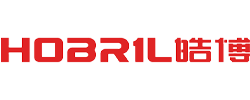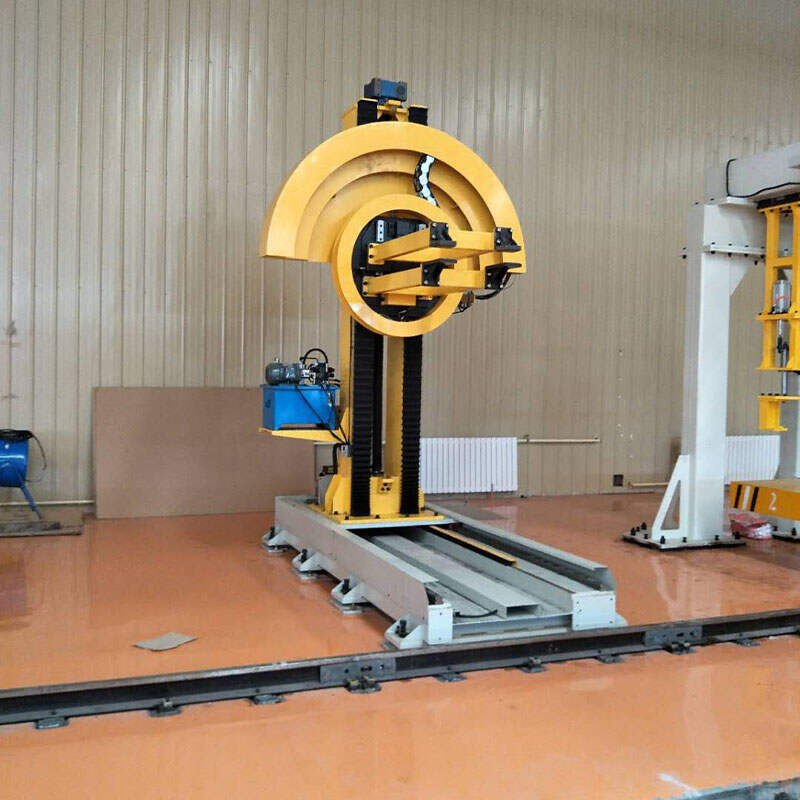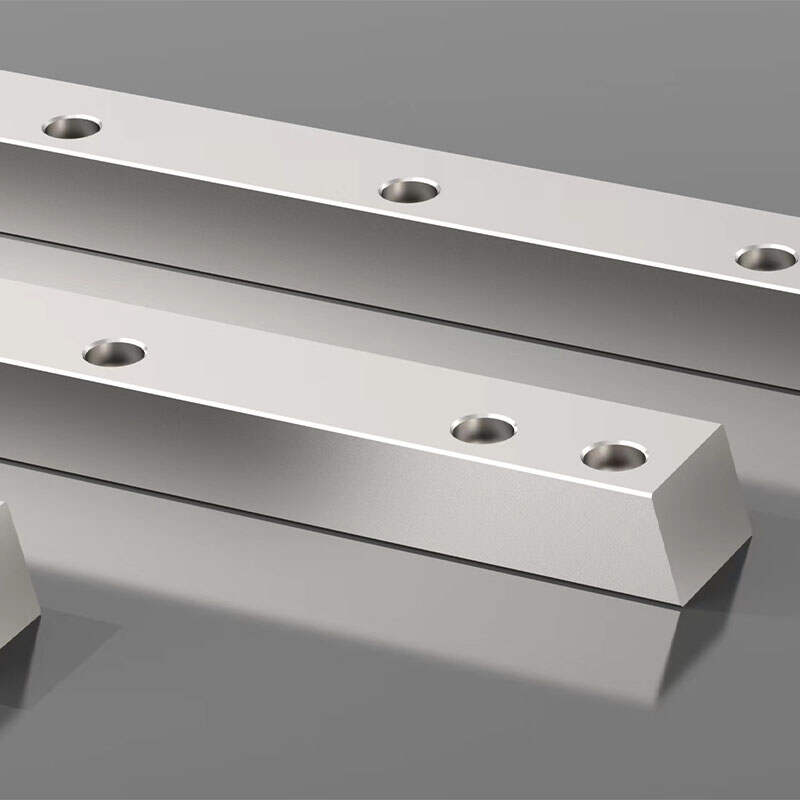Erro de formato de e-mail
emailCannotEmpty
emailDoesExist
pwdLetterLimtTip
inconsistentPwd
pwdLetterLimtTip
inconsistentPwd

Partes importantes
Partes importantes
(4)The important parts of a Telescopic Fork System are crucial for its operation, durability, and efficiency. Each component plays a specific role in ensuring the system can extend, retract, and carry heavy loads safely. Below are the key parts of a telescopic fork system:
1. Forks (Fork Arms)
- Function: The main lifting component, used to carry or support materials.
- Features: Typically made from steel or high-strength alloys to withstand heavy loads. They are designed to extend and retract to adjust the reach and load capacity.
2. Telescopic Arm
- Function: The core structure of the system that allows the forks to extend and retract.
- Features: This arm consists of multiple segments that slide into each other. The strength and smooth movement of the telescopic arm are essential for the system's functionality.
3. Hydraulic System
- Function: Powers the movement of the telescopic arm (extend and retract).
- Features: This system includes a hydraulic cylinder, hoses, valves, and a pump. The hydraulic system provides the force necessary to extend or retract the forks based on operator commands.
4. Hydraulic Cylinder
- Function: A critical component of the hydraulic system that controls the extension and retraction of the telescopic forks.
- Features: A robust cylinder filled with hydraulic fluid that, when pressurized, forces the forks to extend. When the pressure is released, it retracts the forks.
5. Frame or Chassis
- Function: The main body or structure that supports the telescopic fork system.
- Features: Made of heavy-duty material (usually steel), the frame houses the telescopic arms, hydraulic cylinders, and other components. It ensures that the entire system is stable and secure during operation.
6. Extension Mechanism (Sliding or Telescopic Mechanism)
- Function: The mechanism that allows the forks to slide in and out, providing the desired length and reach.
- Features: This mechanism typically includes rails, sliding bushings, and locking pins that help extend or retract the forks smoothly.
7. Fork Attachment
- Function: This part connects the forks to the base of the system (e.g., forklift or telehandler).
- Features: Often adjustable, it allows the forks to be positioned at different angles or heights to handle different load sizes and types.
8. Control System
- Function: Allows the operator to control the movement and extension of the forks.
- Features: This can be a manual control system or a more advanced electronic control system. It often includes buttons, levers, or joysticks to operate the hydraulic system and adjust fork positions.
9. Safety Locks or Pins
- Function: To secure the fork in place and prevent accidental extension or retraction during non-operation.
- Features: These locks or pins engage and disengage to ensure the forks remain stable and safe when not in use or when lifted at maximum height.
10. Lift Cylinder
- Function: Lifts the entire system or forks vertically.
- Features: Located in the frame, it works in tandem with the hydraulic system to raise the fork arms or load to the desired height.
Posicionador
O posicionador é um componente versátil na automação industrial, projetada para manipular peças de trabalho em várias posições para processos como soldagem, pintura e inspeção. Ele aumenta a flexibilidade e a eficiência operacionais por meio de seus recursos de movimento de vários eixos, integrando mecanismos de precisão como redutores de RV e motores servo para posicionamento de alta precisão.
Trilhos planos
Trilhos planos, ou trilhos -guia, são componentes de movimento linear críticos na automação industrial, fornecendo orientações suaves e precisas para peças móveis ao longo de eixos horizontais ou verticais. Esses trilhos -guia são essenciais para manter a precisão e a estabilidade em vários equipamentos mecânicos, desde máquinas -ferramentas a sistemas automatizados e mecanismos de porta deslizantes.
rack
O rack, também conhecido como rack de engrenagem, é um componente de controle de movimento linear essencial na conversão de movimento rotacional em movimento linear nos sistemas de automação industrial. Conhecidos por sua precisão, capacidade de carga e durabilidade, nossos racks são projetados para fornecer posicionamento de alta precisão essencial para várias máquinas e equipamentos automatizados.
Pinhão
As engrenagens são componentes essenciais na automação industrial, servindo como espinha dorsal para transmissão de energia mecânica e conversão de movimento. Nossas engrenagens, incluindo rodas de engrenagem e rodas de engrenagem, são rodas dentadas com engenharia de precisão projetadas para converter movimento de rotação, ajustar velocidades e torques e fornecer alterações direcionais precisas em vários sistemas automatizados.










